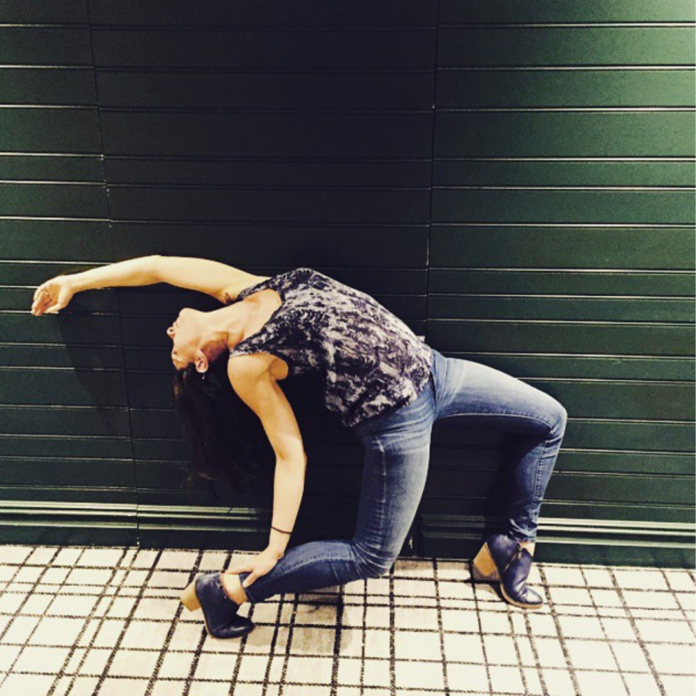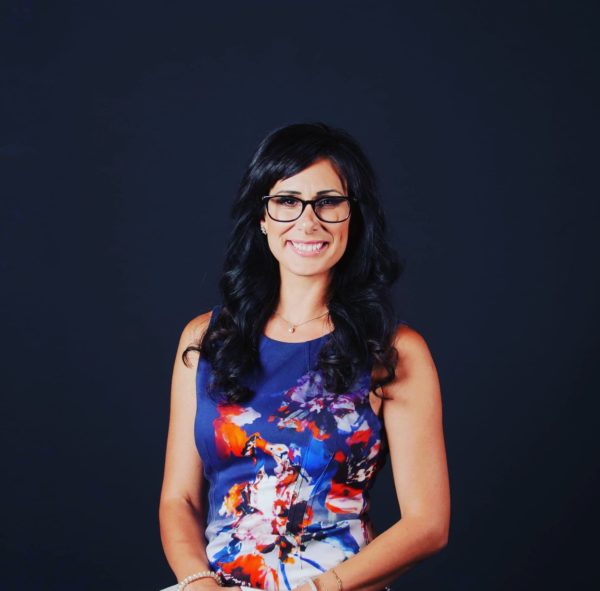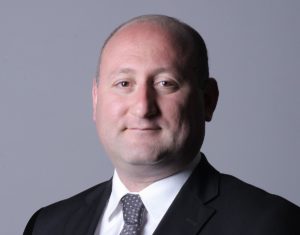YEREVAN / TEMPE, Az. — Maral Yessayan, PhD, has an impressive academic background: She was a visiting professor at Dartmouth College; an Andrew Mellon Postdoctoral Fellow at Dartmouth (2012-14) and a fellow at the Gender Research Institute at Dartmouth (2013-15). She also received a Mellon Dance Studies Fellowship at Brown University in 2013.
Her research interests center on dance, corporeality, and embodiment and draw on performance theory and ethnographic methods applied to cultural, social, and nation-branding practices. She has written Lingering in Girlhood: Dancing with Patriarchy in Jordan (2015), Monarchical Nation branding: Queen Rania’s Performance of Modernity” on YouTube (2015), and “Performing Jordan in an Era of Transformative Globalization: The Emergence of Alternative Labor Markets and the New Working Female Dancer” (PhD diss., University of California, Riverside).
Yessayan was born in Jordan. From the age of seven she studied ballet, modern dance, jazz, improvisational techniques, Jordanian national and Latin American dances (salsa, meringue). At Amman Performing Arts Center she studied under choreographer Rania Kamhawi. In 1999 she graduated from the program of the Royal Academy of Dance, after which she studied Russian ballet with Alexander Petukhov, a one-time artist of the Bolshoi Theater in Moscow, and French ballet with François Perrin. In 2003, she graduated from the University of Jordan, majoring in economics. She led workshops for the Jordanian national state dance ensemble and performed as a solo dancer and actress in the Syrian “Enana” dance group, in the performing arts centers of the “Nur al-Hussein” foundation. She led the dance education program at “Haya” cultural centers and was commissioned to choreograph the opening for the Children’s Dance Festival led under the auspices of Jordan’s Ministry of Culture. She actively participated in Jordanian and international dance festivals, performed in Mexico, Turkey, Syria, and USA.
Moving to the US, Yessayan completed her master’s degree in dance in 2005. She studied American ballet with Erica Helm at Shenandoah University (Virginia), and modern and contemporary dance techniques under Ting-Yu Chen and Keith Thompson to name just a couple, and movement improvisational methods under Susan Rose and Wendy Rogers. In 2007, Maral Yessayan starred in Rosie Trump’s short dance film that was featured Dance Camera West Film Festival, Los Angeles CA, 2008. She also started as a lead dancer in Now. Here. This. with the Casebolt and Smith Dance Company 2008.
Her interests grew to explore dance beyond “just” a medium of entertainment, so she pursued and competed her PhD at University of California, Riverside in Critical Performance Studies (2010). Her research took a comprehensive approach to showcase how dance does not exist apart from ideologies and identity markers that govern cultural patterning and social structure. She received the mentorship of scholars such as Priya Srinivasan and Lila Abu-Lughod (Columbia University). Her dissertation focused on the politics of Jordanian national dance with particular attention to the female body and the lives of dancing women navigating Islamic and tribal prospective views about dance. Her work sheds light on the much ignored experiences of dancing women’s lives in the Arab and Muslim world.
After her PhD, Yessayan was offered a fellowship by the Andrew Mellon foundation to further her research and artistic interests through a post-doctorate degree. Because of her interdisciplinary work, Yessayan became the pivot between the Women’s and Gender Studies, Theater, and Middle East Studies departments at Dartmouth. Her academic and artistic accomplishments led her to be recognized by a dozen scholarships, awards, and invitations to speak and lead workshops at universities, conventions, and conferences both nationally and internationally.











